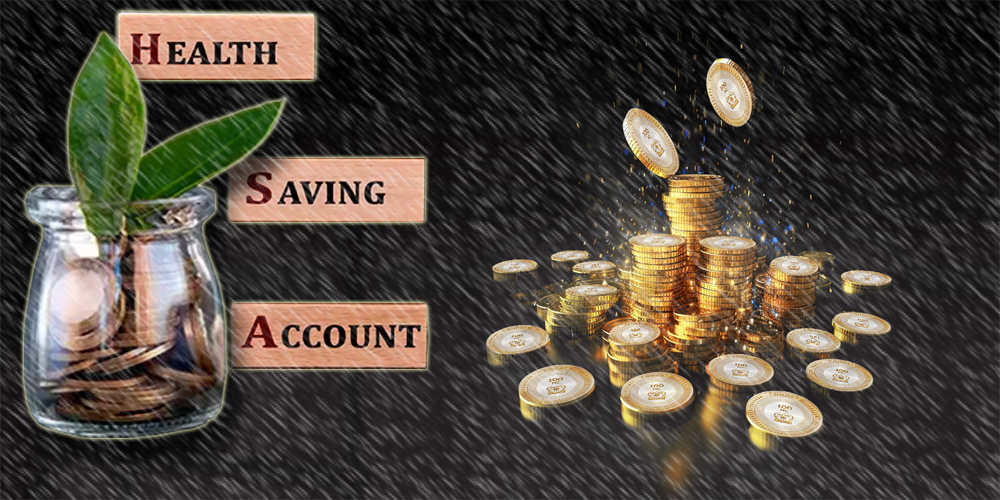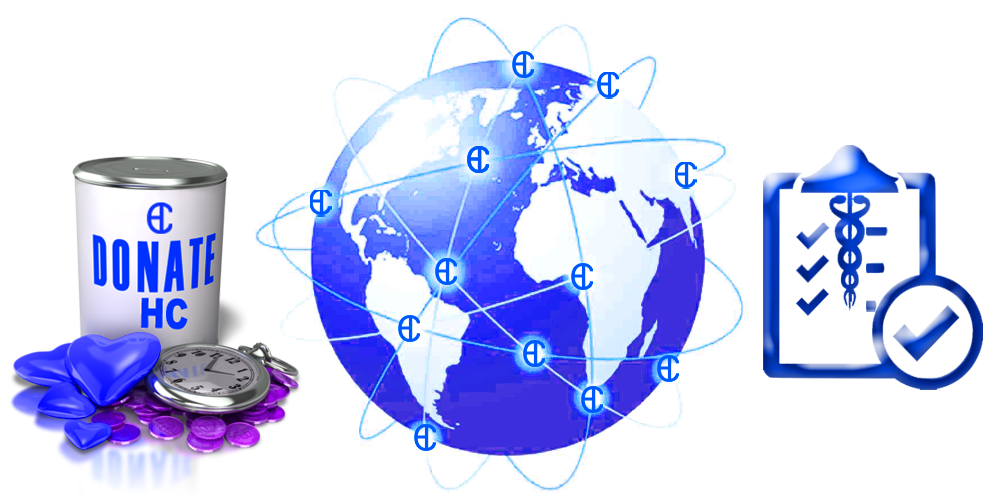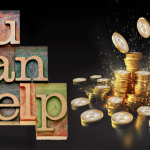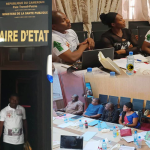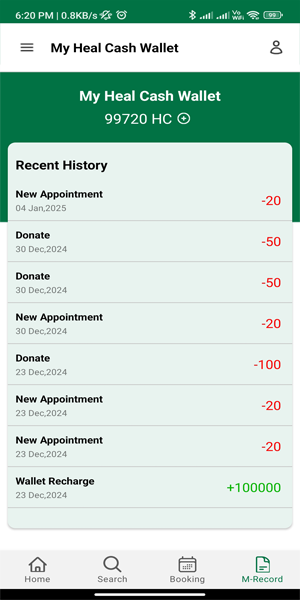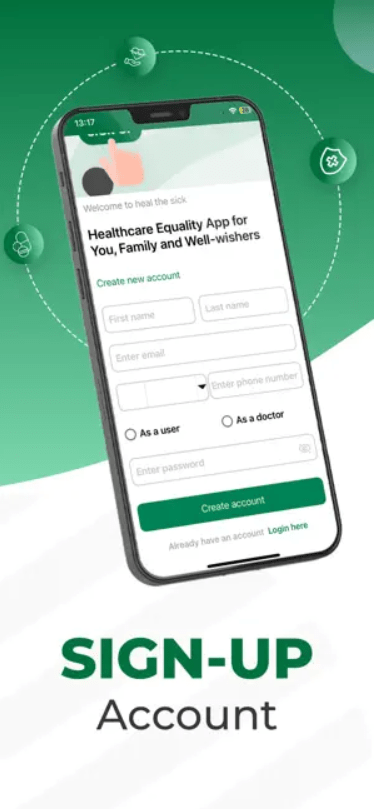Governments Role to Leverage Healcoins for National Health Systems
CHUDATS Communication TeamSecurity, Healthcare, Economics, Philanthropy1 year ago213 Views
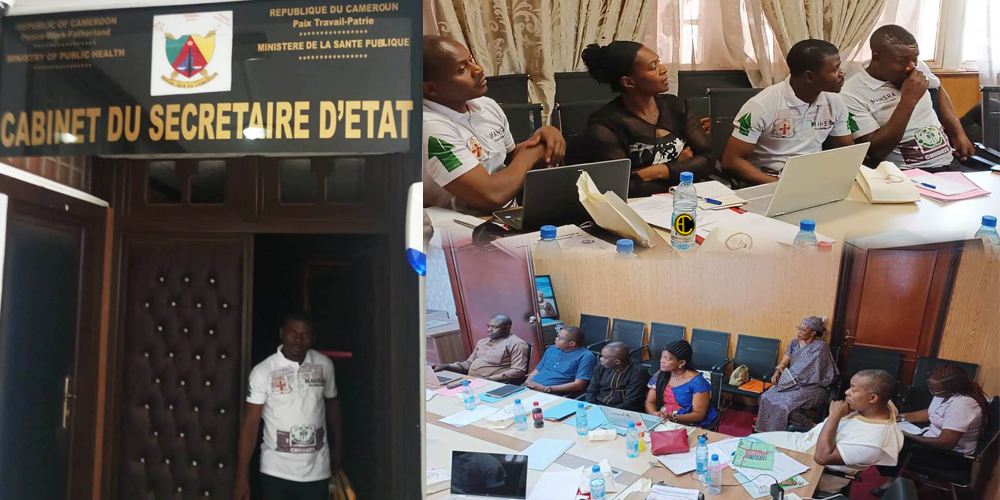
Navigating the complexities of healthcare financing is no small feat. Having worked closely with both public and private health sectors, I’ve seen firsthand how governments struggle to streamline healthcare payments. With skyrocketing healthcare costs, bureaucratic inefficiencies, and the ever-pressing need for transparency, finding sustainable solutions has never been more crucial. Enter Healcoins, a digital currency specifically designed for healthcare systems and very suitable for national health systems. Adopting healcoins for national health systems is an innovative approach and could be a game-changer for governments seeking to improve their national health infrastructures.
In today’s rapidly evolving healthcare landscape, digital currencies like Healcoins have the potential to not only streamline healthcare payments but also increase access, transparency, and efficiency on a national scale. The question is not whether governments should leverage Healcoins, but how they can start doing so—and why it’s absolutely essential for future healthcare innovations.
Understanding Healcoins: A Quick Overview

Before diving into how governments can tap into this potential, it’s important to understand what Healcoins are. Healcoins are a digital currency developed specifically for the healthcare sector, built on blockchain technology. This decentralized framework allows for secure, transparent, and instantaneous transactions—ideal for a sector burdened by slow, inefficient payment systems.
Traditional banking systems, while established, present multiple challenges when it comes to healthcare financing. Long wait times for fund transfers, high transaction fees, and cumbersome bureaucratic procedures often hinder the delivery of essential healthcare services, particularly in low-resource settings. For instance, it can take weeks for funds from a donor in Europe to reach a health center in rural Africa due to various intermediaries, currency conversion processes, and banking delays. This can be critical when those funds are meant to purchase life-saving equipment or medicine. That’s where Healcoins come in, offering an immediate, cost-effective alternative that minimizes fraud, reduces transaction costs, eliminates long wait times, and corrects billing errors.
How Governments Can Leverage Healcoins for National Health Systems

Negotiations with Government Health Ministry [237]
- Streamlined Healthcare Payments
Governments often struggle with delayed payments to healthcare providers, especially in large-scale systems where funds pass through multiple bureaucratic layers. For example, many public hospitals rely on government reimbursements for services, but they face delays of up to several months in receiving these funds, resulting in cash flow issues. This is particularly problematic in developing countries where hospitals depend on these payments to stock medical supplies, pay staff, and keep facilities operational. In countries like Nigeria and India, delayed government payments have led to healthcare strikes, forcing hospitals to operate on skeleton staff, compromising patient care.
In 2019, the Ugandan government faced a healthcare crisis when several public hospitals were on the verge of collapse due to delayed payments from the Ministry of Health. Hospitals ran out of basic supplies like gloves and syringes, and healthcare workers went unpaid for months.
With Healcoins, payment processes can be automated and instantaneous, reducing administrative burdens and delays. Government health agencies could directly fund hospitals or clinics through Healcoins, ensuring that providers receive the necessary resources without the usual red tape. This level of efficiency could cut down on late payments, help hospitals manage cash flow, and ensure that essential medical supplies are always available.
With a system like CHUDATS and the heal coins financing strategy, these delays could have been avoided entirely. By automating payments directly from government accounts to hospital budgets via Healcoins, funds could have been transferred instantly, avoiding the bureaucratic bottlenecks.
- Transparency and Accountability: Reducing Fraud and Mismanagement
One of the biggest issues plaguing traditional healthcare financing is the lack of transparency. In many developing countries, large amounts of health funding often get lost in bureaucratic systems. Funds intended for rural hospitals may be delayed or misappropriated due to corruption or inefficiencies. For instance, in Kenya, billions of shillings meant for healthcare have reportedly been lost due to graft in recent years, making it difficult for patients to access basic medical services.
Healcoins, thanks to blockchain technology, provides a transparent ledger where every transaction is recorded and verifiable. Governments can track in real time how funds are spent, ensuring that money is used for its intended purpose. For example, if a government allocates Healcoins to fund a maternal health project in a remote region, both the government and the public can trace every transaction, from the initial disbursement to the purchase of medical equipment and staff salaries. This level of transparency can greatly reduce corruption and improve trust between governments, healthcare providers, and citizens.
- Reducing Payment Barriers for Patients: Micro-Payments in Action
Another significant limitation of traditional banking systems is the high cost of transactions, especially for low-income patients. Many people in developing countries don’t have access to traditional banking services, meaning they rely on cash for medical payments, which can be inefficient and insecure. For instance, in Uganda, many rural residents lack access to banks or even mobile money services, making it difficult for them to pay for healthcare. A visit to the clinic might require them to travel miles just to access an ATM or bank branch, and even then, they may face high transaction fees that further reduce their ability to pay for necessary services.
Healcoins can help alleviate these barriers by enabling micro-payments directly from patients or donors. Imagine a pregnant woman in a rural area needing funds for an emergency delivery. Traditionally, she might have to borrow money from family or wait for charity organizations to transfer funds via the banking system. With Healcoins, her treatment costs could be crowdfunded instantly from donors around the world. Micro-transactions could be made directly to her healthcare provider’s digital wallet, ensuring that she receives the care she needs without delay.
- Overcoming Bureaucracy: Speed and Efficiency in International Partnerships
Government-to-government health partnerships and international aid projects are often slowed down by the cumbersome banking systems and regulatory hurdles. Take, for example, a scenario where NGOs and international donors partner with a government to fund a health center in a conflict-affected region. Traditionally, it could take months for the funds to clear, go through currency conversions, and finally reach the intended project. In cases like the Ebola outbreak in West Africa, delays in funding led to increased fatalities because resources arrived too late.
Healcoins, on the other hand, allow instant cross-border transactions. International health organizations can transfer funds directly to the health ministry or local healthcare facilities without worrying about the limitations of traditional banking infrastructure. During public health crises, where every minute counts, this kind of speed can make the difference between life and death.
- Preventing Fraud and Billing Errors: The Blockchain Advantage
Traditional banking systems are vulnerable to fraud, billing errors, and mismanagement. In countries like the United States, healthcare fraud costs the government billions of dollars each year. In developing nations, the problem is exacerbated by weak financial oversight, where bribery and fake invoices often go undetected. Fraudulent healthcare claims, inflated billing, and misallocation of funds are common issues that can cripple healthcare systems.
Healcoins’ use of blockchain makes them fraud-resistant. Every transaction on the blockchain is transparent and immutable, meaning once a transaction is recorded, it cannot be altered or tampered with. This ensures that fraudulent claims are minimized and that all parties involved in the healthcare system are held accountable for their actions. Governments can use this feature to monitor healthcare expenditures more rigorously, ensuring that funds are used efficiently and effectively.
- 4. Promoting Health Savings Programs with Healcoins
 Governments can leverage Healcoins to promote health savings initiatives, encouraging citizens to take a proactive approach to managing their healthcare costs. By integrating Healcoins into national health savings programs, governments can foster a culture of health-conscious financial planning. Let’s explore two key ways this can work:
Governments can leverage Healcoins to promote health savings initiatives, encouraging citizens to take a proactive approach to managing their healthcare costs. By integrating Healcoins into national health savings programs, governments can foster a culture of health-conscious financial planning. Let’s explore two key ways this can work:
- Health Savings Accounts (HSAs)
One way to promote proactive health management is by introducing Health Savings Accounts (HSAs) that are funded with Healcoins. Governments can create programs where citizens contribute a portion of their earnings or savings in Healcoins, specifically earmarked for future medical expenses. These accounts would allow citizens to set aside digital funds for critical health needs, enabling better preparation for unforeseen medical costs.
To incentivize participation, governments could offer attractive benefits, such as:
- Tax breaks: Citizens contributing to their HSA in Healcoins could receive tax deductions or rebates, encouraging them to build a financial cushion for healthcare.
- Matching contributions: Similar to retirement savings programs, governments could match a percentage of each citizen’s contributions in Healcoins. For example, for every Healcoin saved, the government could contribute an additional percentage, amplifying the value of the individual’s savings.
This approach would not only encourage financial preparedness but also ease the financial burden on national healthcare systems by reducing dependency on government funds for routine care.
Conclusion: The Future of National Health Systems with Healcoins
Governments have a unique opportunity to change citizens life by leveraging HealCoins for national health systems in today tech world. From streamlining payment processes and enhancing transparency to promoting health savings programs and empowering citizens to take proactive roles in managing healthcare costs, Healcoins present a modern solution to age-old challenges. By adopting this innovative digital currency, governments can reduce inefficiencies, cut down on administrative costs, and foster a culture of accountability and collaboration within healthcare. In a world where equitable access to quality healthcare is a pressing issue, integrating Healcoins into national health strategies can help build stronger, more resilient systems that meet the needs of every citizen, regardless of their financial background.
Related Posts
Stay Informed With the Latest & Most Important News
Previous Post
Next Post
Previous Post
Next Post
Recent Posts
- Healcoins & Healthcare Savings: A Perfect Plan for Future Medical Expenses
- How Healcoins Promote Universal Financial Access
- Healcoins and Charitable Giving Towards Global Health Initiatives
- How Governments can leverage Healcoins for National Health Systems
- Are my health coins safe? (Healcoins Security Concerns)


